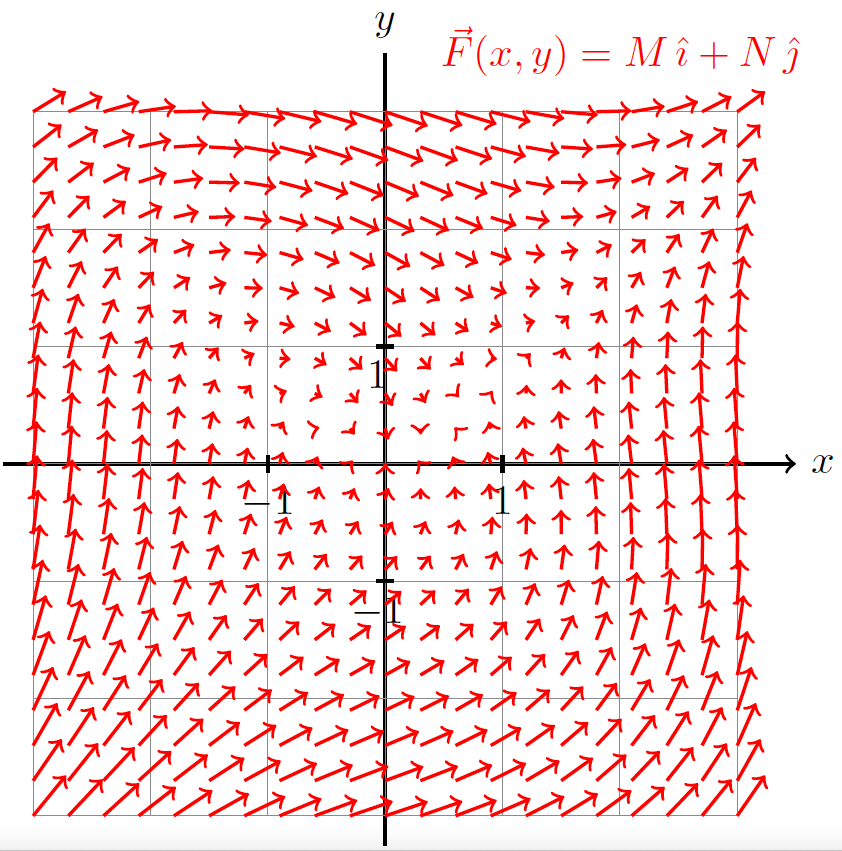Edit and compile if you like:
\documentclass{article}\usepackage{tikz}\usetikzlibrary{math}\usepackage{ifthen}\usepackage[active,tightpage]{preview}\PreviewEnvironment{tikzpicture}\setlength\PreviewBorder{1pt}%% File name: directional-angles.tex% Description:% The directional angles of a vector are geometrically represented.%% Date of creation: August, 29th, 2021.% Date of last modification: October, 9th, 2022.% Author: Efraín Soto Apolinar.% https://www.aprendematematicas.org.mx/author/efrain-soto-apolinar/instructing-courses/% Source: page 36 of the% Glosario Ilustrado de Matem\'aticas Escolares.% https://tinyurl.com/5udm2ufy%% Terms of use:% According to TikZ.net% https://creativecommons.org/licenses/by-nc-sa/4.0/% Your commitment to the terms of use is greatly appreciated.%\begin{document}%\begin{tikzpicture}% Components of the vector field\tikzmath{function equis(\x,\y) {return (\y*\y-0.25*\x);};}\tikzmath{function ye(\x,\y) {return \x*\x-\y;};}\tikzmath{function zeta(\x,\y) {return \x+\y;};}\tikzmath{function magnitud(\x,\y) {return sqrt(\x*\x+\y*\y);};} % magnitude of the vector at (x, y, z)%\pgfmathsetmacro{\dominio}{3.0} % domain for computation\pgfmathsetmacro{\step}{\dominio/10.0} % step size\pgfmathsetmacro{\max}{\dominio}\pgfmathsetmacro{\xi}{-\dominio}\pgfmathsetmacro{\xf}{\dominio}\pgfmathsetmacro{\xs}{\xi+\step}\pgfmathsetmacro{\yi}{-\dominio}
Click to download: vector-field.tex • vector-field.pdf
Open in Overleaf: vector-field.tex
See more on the author page of Efraín Soto Apolinar.


